-
Membership
Membership
Anyone with an interest in the history of the built environment is welcome to join the Society of Architectural Historians -
Conferences
Conferences
SAH Annual International Conferences bring members together for scholarly exchange and networking -
Publications
Publications
Through print and digital publications, SAH documents the history of the built environment and disseminates scholarshipLatest Issue:
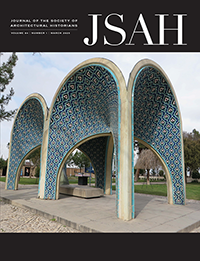
-
Programs
Programs
SAH promotes meaningful engagement with the history of the built environment through its programsMember Programs
-
Jobs & Opportunities
Jobs & Opportunities
SAH provides resources, fellowships, and grants to help further your career and professional life -
Support
Support
We invite you to support the educational mission of SAH by making a gift, becoming a member, or volunteering -
About
About
SAH promotes the study, interpretation, and conservation of the built environment worldwide for the benefit of all
Cuba: Day 4 - Habana del Este, Matanzas and Varadero
Today took east out of Havana to the towns of Matanzas and Varadero. To leave the city we passed through the Tunnel, completed in the 1950s under the Batista government. As we made our way along the Via Blanca (White Road) we soon came to Habana del Este (East Havana), a huge social housing project built in the early years of the Revolution. The Batista government had been developing the area of land for luxury apartments, and SOM had drawn up designs for these. However, after the new Revolutionary government took over in 1959, this project was reconceived to meet the demands for housing for the average person. Designed and built in under three years (1959-1961), the master plan by Hugo D’Acosta divides the housing into seven sectors, each with its own facilities and outdoor areas. These sectors share one centrally located town square that includes schools, a clinic, and commercial and administrative areas. Habana del Este is anything but a boring social housing project, in fact, as one of the three “Proyectos Grandes” (grand projects) of the early years of the Revolution, it displays an attention to thoughtfully employing modernism on a grand scale for housing. The housing structures range in height and design, as they were conceived by ten different architects, though their variety does not prevent them from existing harmoniously next to one another.
As we traveled east towards Matanzas the landscape changed. We crossed over hills with steep ravines and the vegetation was lush and green.
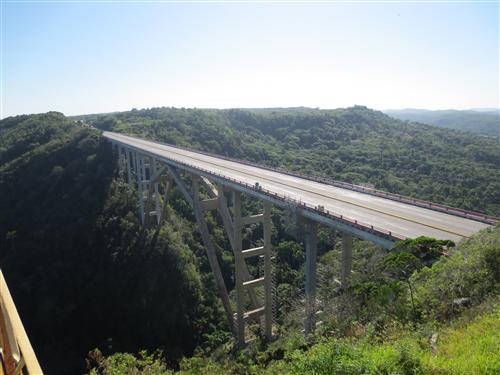
Matanzas, a port city, became an especially important urban area in the nineteenth century, when a large portion of the island’s sugar was going in and out of this city.
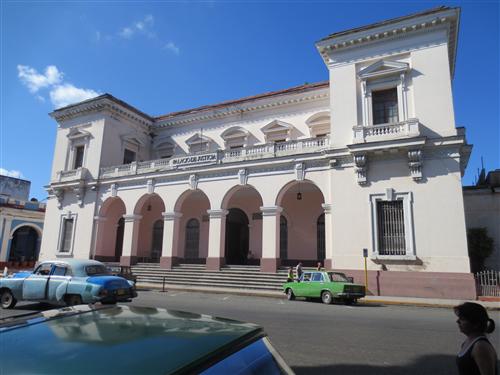
We moved on the Plaza de la Libertad, which was once the Plaza de Armas. After another rousing exegesis of the Laws of the Indies by SAH Board Representative Ken Breisch (we never did find a plaza that adhered to all of the points in the Laws), we visited La Botica Francesa, which now houses the Museo Farmaceutico (Pharmacy Museum). Purpose-built by a French pharmacist named Triolet, the structure houses a wonderful collection of items related to pharmacies and medicine, including ampoules full of strangely colored medicines and beautifully painted ceramic jars for storing and displaying herbs and medicines. The pharmacy stayed in the Triolet family until the son of the original owner turned it over to the government in 1964 to be run as a museum, which he was in charge of until his death in 1979.
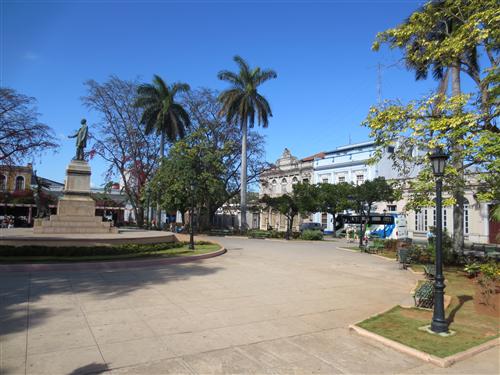
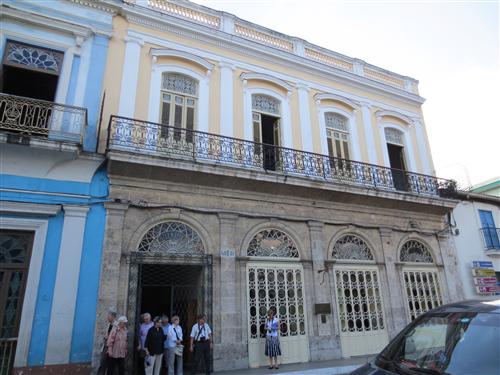
After Matanzas we drove on to Varadero, a beach resort town on a spit of land that boomed in the post-World War II period. We visited the Dupont Mansion, where we enjoyed a lunch overlooking the ocean. The Dupont Mansion was commissioned by Irenée Dupont, who had bought a large amount of land in Varadero, which he subdivided to sell to other wealthy Americans. Completed in 1926, the house is beautifully constructed, including a top floor mirador, or lookout, that has a wonderful colonial-style wooden ceiling. It is now a hotel (though with very few rooms) with a restaurant.
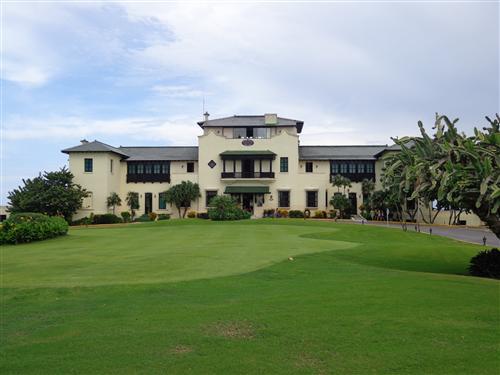
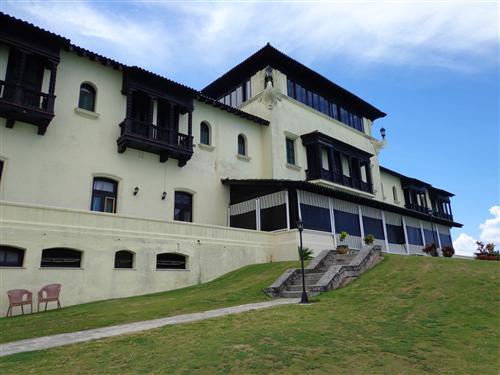
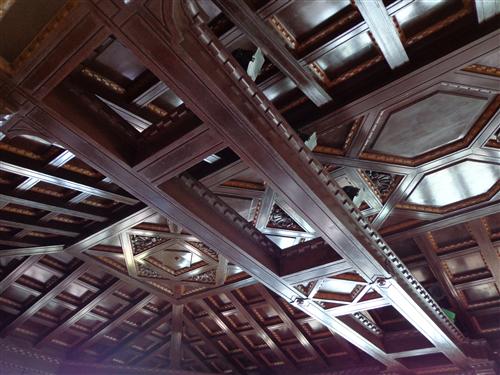
The icon of the postwar boom in Varadero is the Hotel Varadero Internacional (1949-1950). Designed by Havana-based firm Mira and Rosich (architects of the Edificio Lopez Serrano), the Internacional is a sleek example of International Style modernism with accents of Streamline Moderne that hugs the sandy beaches. Unfortunately the hotel, which currently functions as an all-inclusive resort, is slated for demolition in 2015.
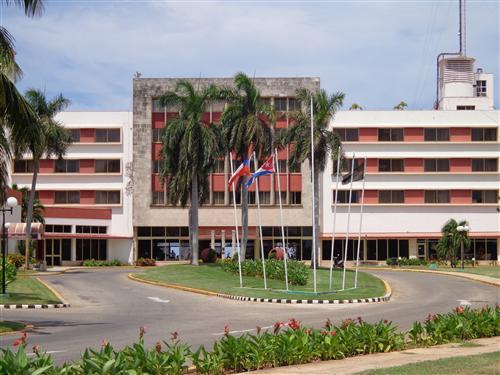
Adjacent to the Hotel Varadero Internacional is a community of little beach villas referred to as the Cabañas del Sol (Sun Cabins) designed by Nicolás Quintana. We would soon learn that this architect is often referred to as “Quintana el Bueno” (Quintana the Good) as opposed to another architect named Antonio Quintana, though many of us on the trip admired the architecture of both. These tiny villas came in a variety of forms, containing anywhere from one to three bedrooms. While we were wandering through this area some members of the group struck up a conversation with a woman who stilled lived in one the cabins. She was kind enough to invite us all in so we could see the interior of one of these buildings, which she have lovingly kept in great condition. Like the hotel, these cabins are slated for demolition as well, and the area that contains the Hotel Varadero Internacional and the Cabañas del Sol will be re-developed into a large-scale resort.
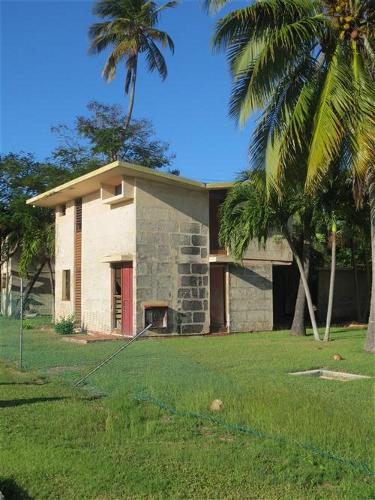
Our final stop in Varadero impressed upon me the strong ties between Cuba and the Soviet Union and the hopes that were bound in the earlier years of space travel. We visited the Casa de los Cosmonautos (House of the Cosmonauts), a small hotel built on the beach in 1975 that was meant to serve as a place where Russian cosmonauts could come and relax after their missions in space. Although developed for a very small segment of the Russian population, this hotel did make me think about Russian-Cuban relations, and how they compared to previous U.S.-Cuban relations. Was the notion of Cuba as a playground for Americans, a reputation that Castro fought to squash with the Revolution, simply replaced with a similar a relationship in which Russians viewed Cuba as their tropical paradise to enjoy as they saw fit? While certainly these complex international relationships can’t be reduced to solely the issue of beaches, it does raise questions about Cuba’s long struggle with foreign interest and influence.
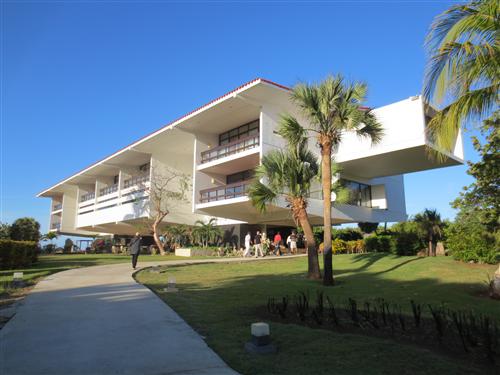
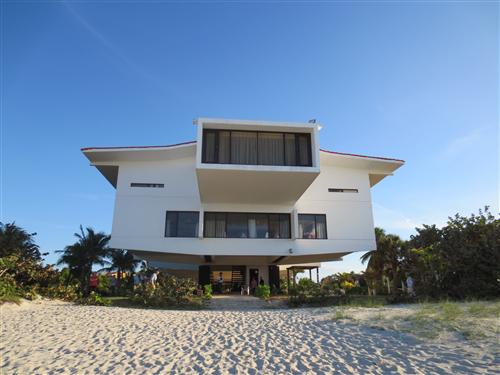
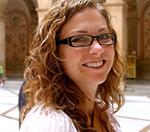 Erica N. Morawski, Ph.D. Candidate, University of Illinois - Chicago
Erica N. Morawski, Ph.D. Candidate, University of Illinois - Chicago Erica N. Morawski is a Ph.D. candidate in art History at the University of Illinois – Chicago. She received a BA in art history at Tulane University and MA in Art History at the University of Texas at Austin. She is currently completing a dissertation entitled, “Designing Destinations: Hotel Architecture, Urbanism, and American Tourism in Puerto Rico and Cuba.” This work investigates the role of hotels in shaping understandings of national identity, which in turn shaped international relationships, through an approach that systematically ties object and image analysis with social, political, and economic histories. Her work argues that these hotels functioned, and continue to function, like diplomatic cultural attachés—their design shaped politics on the islands, and played a decisive role in shaping past and current international relations.
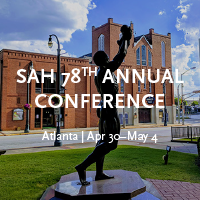

Leave a commentOrder by
Newest on top Oldest on top